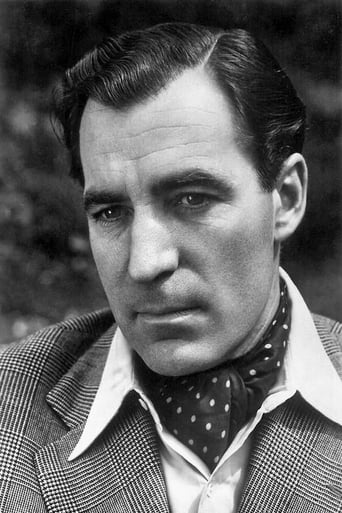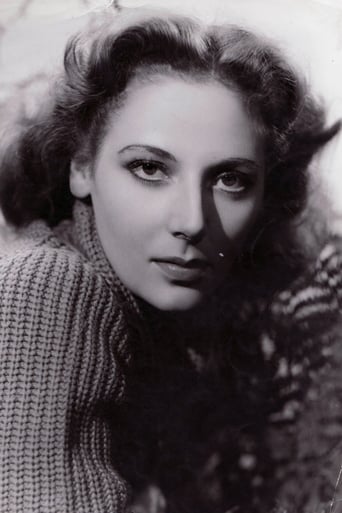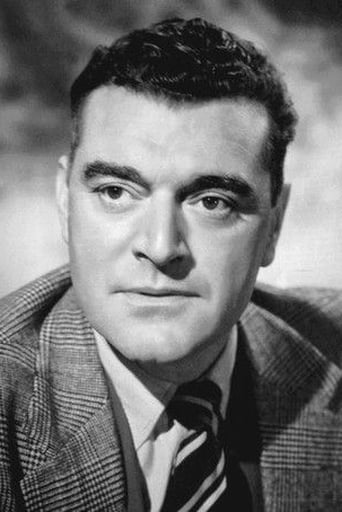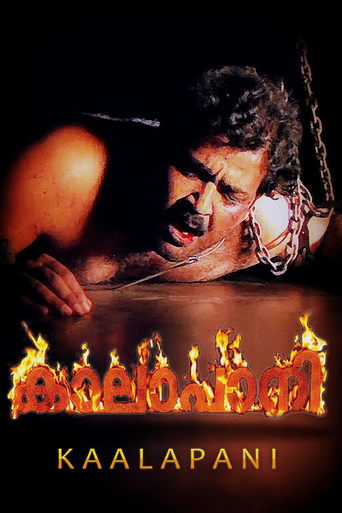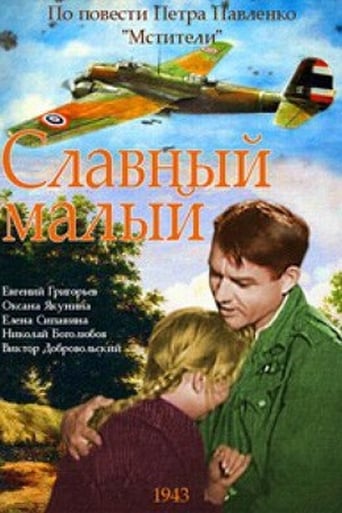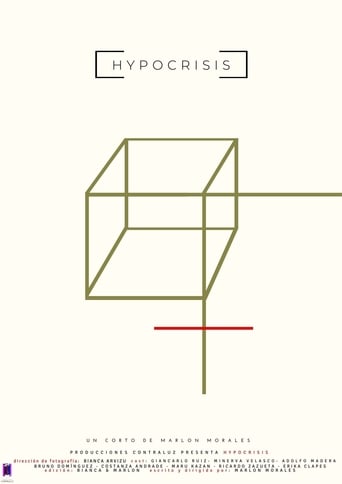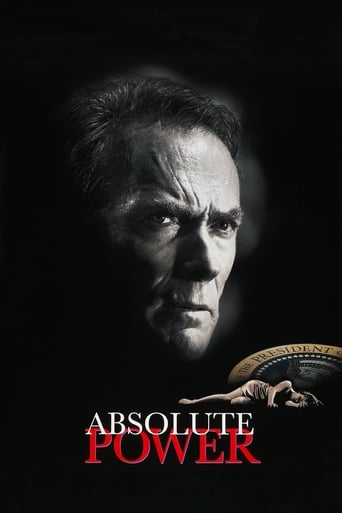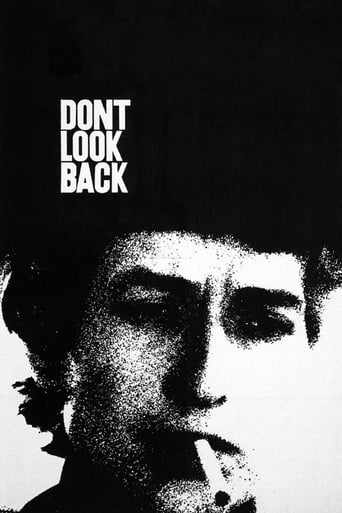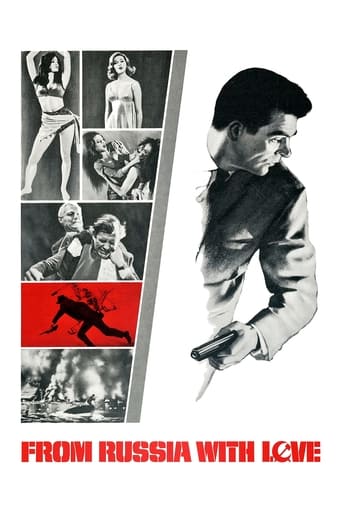
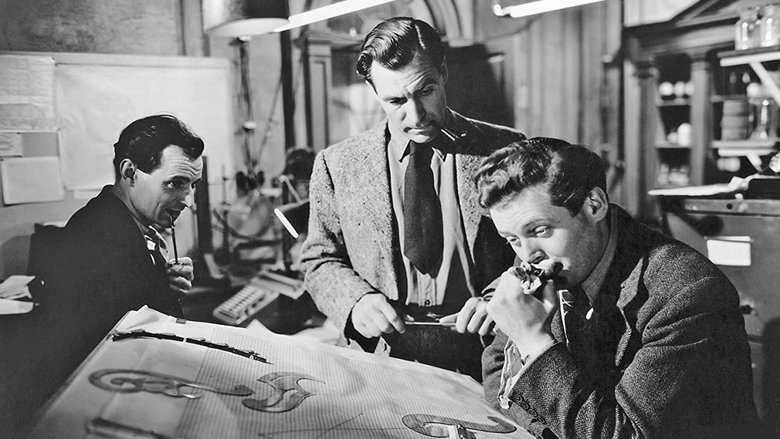
The Small Back Room (1949)
At the height of World War II, the Germans begin dropping a new type of booby-trapped bomb on England. Sammy Rice, a highly-skilled but haunted bomb-disposal officer, must overcome his personal demons to defeat this new threat.
Watch Trailer
Cast
Similar titles
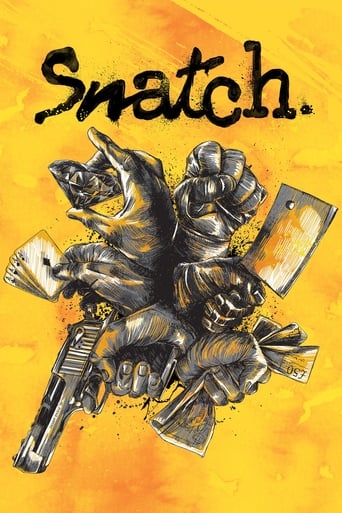
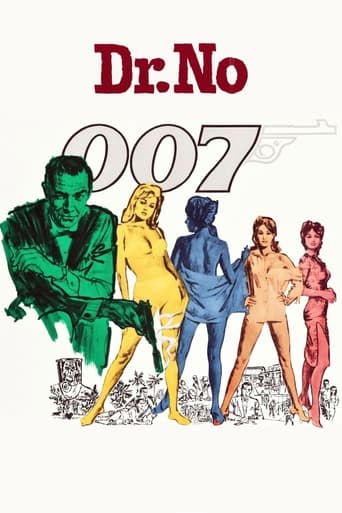
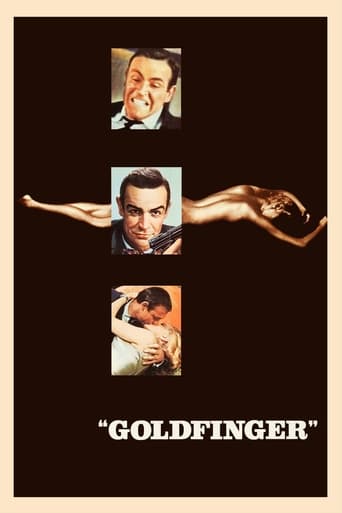
Reviews
Pretty good movie overall. First half was nothing special but it got better as it went along.
The film makes a home in your brain and the only cure is to see it again.
Very good movie overall, highly recommended. Most of the negative reviews don't have any merit and are all pollitically based. Give this movie a chance at least, and it might give you a different perspective.
One of the most extraordinary films you will see this year. Take that as you want.
It's a movie about war-time Britain released in 1949 but it's in no way a typical "British war movie". (Some of them were real gems.) This one has David Ferrar as an anti-demolition expert, part of a team that operates in a small room in the back. He doesn't wear a uniform. He has a tin leg. And he's in a state of constant torment.I had no idea where the movie was going. At first, I expected a kind of British "Hurt Locker," with Ferrar going about an dismantling bombs one after another, always cursing and wondering if he should cut the red wire or the green wire. It's not like that at all. Ferrar only disarms one booby-trapped device in a tense scene at the end. It's well done.But then if Ferrar doesn't constantly investigate and defuse bombs, what's the movie about? Well, it's like this. He has a slight problem with the bottle in that when he gets juiced up he's mean and destructive. He also has a problem with the bureaucracy of which he's part -- mostly incompetent, groveling, and designing. Then there's this woman, Kathleen Byron, who loves him and maybe he loves her but he's too sour to admit it. It doesn't even help when he dresses him down for his bitterness and shouts at him to "stop feeling sorry for yourself!" He finally gets his act together after removing the fangs from that beachfront booby trap while hung over and shaky.At the beginning, to demonstrate their relationship, Byron and Ferrar are alone in his apartment, they have an expositional conversation about his tin leg and what he does to ease its discomfort. The scene ends with Byron running to him and their clasping each other in their arms while lying on the couch. Dissolve. When I was a child I always thought that she returned to her own apartment across the hall when a scene ended like this.Byron has haunted eyes that stare out from under her upper lids and her other features -- her jaw, her nose, her tiny lips -- all seem to point to a particular spot in front of her mouth, about a cigarette's length. If you haven't seen Kathleen Byron go mad in "Black Narcissus," you might want to try it.The same writers and directors -- Powell and Pressburger -- are responsible for this film and it shows. There are more than the usual number of dramatic close ups. And when Ferrar is alone in his dark apartment, trying to fight the desire to hit that bottle of Scotch on the table, the camera angles and lighting first get weird and then hallucinatory.The imagery gets too bizarre in that scene. Also they've done a little miscasting. Jack Hawkins is a grinning, glad-handing, money-grubbing phony -- a repulsive character. But Jack Hawkins is no phony. He's a voice of authority and a paragon of common sense. Don't try to pull the wool over this boy's eyes. But those two points aside, it's put together well considering the multiple sub plots. And that bomb being emasculated is a teeth grinder.
I certainly can see why some people refer to this movie as a small masterpiece. I did not go into it expecting big things like the previous Powell/Pressburger classics "Black Narcissus" and "The Red Shoes". However, rather than find this to be an interesting psychological drama about one man's battle with alcohol due to pressures in his professional life and a handicap that has obviously made him bitter, I found a rather claustrophobic, talkie drama that for the most part failed to hold my interest and left me scrambling to find my way back when all of a sudden things began to really happen. The sudden appearance of a giant booze bottle overshadowing its leading man (David Farrar) reminded me of things that audiences had already seen on screen in films prior to this: Ray Milland's withdrawal in "The Lost Weekend" and Gregory Peck's nightmares in "Spellbound". Having been bored for 90 minutes when this came up, I found myself chuckling at it. But then it got serious when the film began to deal with Farrar's profession and all the chat that had gone on before: defusing a bomb found on the beach. This comes in the last ten minutes of the film, and is as nail biting as everything else before was sleep inducing. Had the first 75% of the film been more like this and filled with less exposition, I would certainly find it a masterpiece.
Nigel Balchin, a woefully neglected novelist, one of the finest British writers of the mid 20th century, wrote two novels against the backdrop of World War 2, his masterpiece Darkness Falls From The Air, written, set in and published during the London Blitz in 1941 and The Small Back Room, published two years later in 1943. Had I been involved in the adaptation of novel to screen the team of Michael Powell and Emeric Pressburger would have been way down my list of candidates if even on the list at all for their penchant for fantasy, faerie-like romance and off-centre plotting does not lend itself to a story rooted in realism. Having said that they manage to make something of a half-decent fist of it with the help of two outstanding leads in David Farrar as boffin Sammy Rice, who, some years before the outbreak of war had a foot amputated and replaced with a tin one and Kathleen Byron as his live-in lover, whipping-girl and colleague in the hush-hush department devoted to shortening the war. As a real-life scientist Balchin's day job means his novels reek with authenticity not least when satirising the Civil Servants who got under his skin; Jack Hawkins grabs his role as R.B. Waring by the scruff of the neck and becomes the oleaginous character more interested in 'selling' a suspect new weapon to the army than in the lives of the men who will have to use it. The climax of sorts involves a fiendish German explosive device tricked out to resemble a thermos flask and it is left to Rice to dismantle it. Both Farrar and Byron had appeared in the previous Powell-Pressburger effort the wildly overrated Black Narcissus and here they more than redeem themselves. A small pleasure.
As I am sometimes less than kind in my comments of the Archers, it was a pleasure to rediscover the other day "The Small Back Room" , a film I had not seen since its original release. Although this is generally regarded as one of their minor works, presumably because of its lack of flamboyance, it takes for once a very serious theme and treats it in a thoroughly mature way; that of the psychologically flawed individual and how he reacts when faced with possibly the greatest challenge in his professional career. Two of Sidney Lumet's finest films, "Equus" and "The Verdict" have the same subject. Sammy Rice, the boffin of "The Small Back Room", is struggling with alcoholism and the mental as well as the physical pain of coping with an artificial foot when he is called upon to discover the way to dismantle one of several booby-trap explosive devices dropped by the Germans over Britain in 1943. The casting of the two central characters is perfect. Although the part of Sammy calls for someone with a James Mason like authority, a much lesser actor, David Farrar, rises to the occasion particularly as he has the advantage of a large lumbering frame that conveys a certain physical awkwardness. As his sympathetic ladyfriend, Susan, Kathleen Byron drops her "Black Narcissus" melodramatics to give the performance of her lifetime as the woman who really knows how to handle Sammy when he is at his lowest. Add to this the fine camerawork of Christopther Challis, particularly liberal in its use of huge closeups that significantly heighten the psychological tension of the narrative, and you have a film well worthy of attention. In only two scenes does it falter. Unfortunately by conforming to the tiresome custom of British films of the period of sending up the Establishment, it presents Robert Morley as a rather silly senior minister. Although this would have probably fitted in the context of a comedy it is out of place in a film as darkly toned as this. Then there is the melodramatic lapse of resorting to Teutonic Expressionism when Sammy is fighting his alcoholism. In this nightmarish sequence he is physically dwarfed by a giant whisky bottle and an alarm clock. This is one of only two scenes to use background music. For the rest, untypically for this period, it does without. It makes for a stronger, more hard-edged experience.
